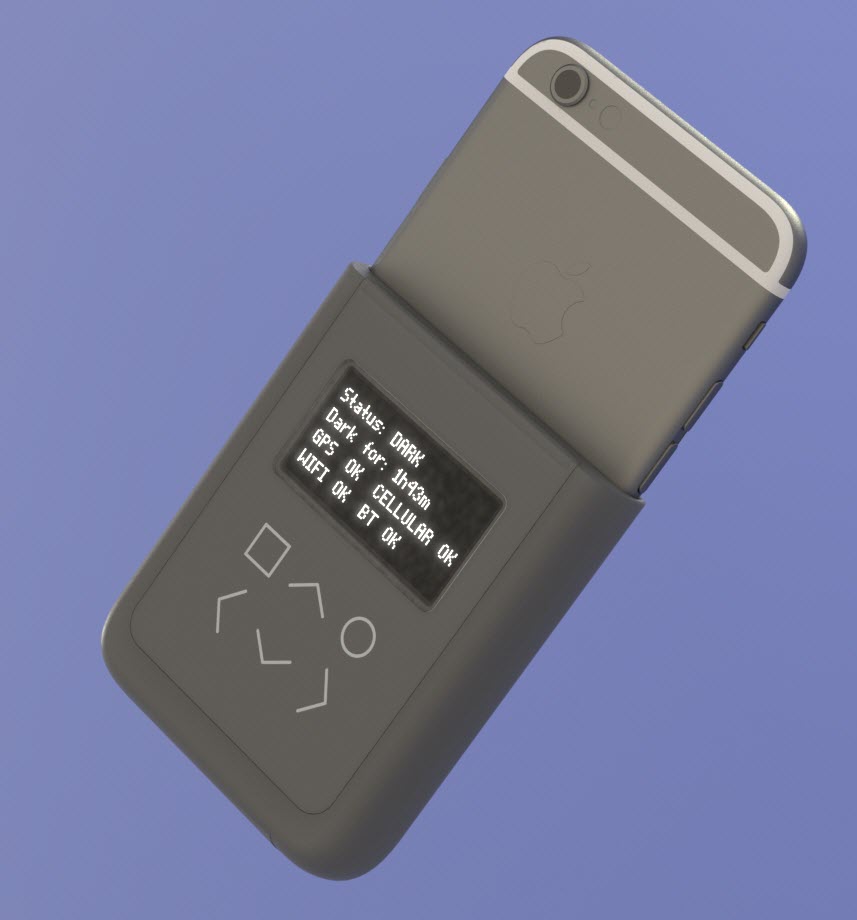Edward Snowden and Andrew Huang are designing a device to help protect smartphones from eavesdropping.
Whether you are a journalist worried about government control, or anyone with confidential conversations, their idea could help protect your phone. Edward Snowden expressed the concern that sophisticated malware could control your phone to make it transmit information when you are not aware, even if the phone had been placed in airplane mode.
He is working with Andrew “Bunnie” Huang, a research affiliate from MIT Media Lab. The proposed device would be able to attach to an iPhone 6 and monitor the activity of the unit’s radio systems, detecting activity in any of the frequency bands, cellular, Bluetooth, Wifi, GPS, or NFC. It could then alert the user of possible eavesdropping activity. The device would be an external sleeve, and not built in to the phone, thus it would not be susceptible to any hacking of the phone’s operating system.
“Front-line journalists are high-value targets, and their enemies will spare no expense to silence them. Unfortunately, journalists can be betrayed by their own tools. Their smartphones are also the perfect tracking device. Because of the precedent set by the US’s “third-party doctrine,” which holds that metadata on such signals enjoys no meaningful legal protection, governments and powerful political institutions are gaining access to comprehensive records of phone emissions unwittingly broadcast by device owners. This leaves journalists, activists, and rights workers They are aware that other simpler countermeasures devices are available to help monitor a cell phone’s activity. In their paper, they explain: “Numerous semi-intrusive countermeasures were considered along the way to our current solution, including but not limited to RF spectrum monitoring, active jamming, and the selective physical isolation or termination of antennae… Unfortunately, all of these methods were deemed to be inadequate”. Concept design of Snowden/Huang smartphone spy detector. The full paper can be read here: Against the Law: Countering Lawful Abuses of Digital Surveillance. It contains abundant technical information regarding the introspection techniques they are attempting to use. Additional articles can be read here: 
Boston Globe
iDigital Times
bunnie’s blog
